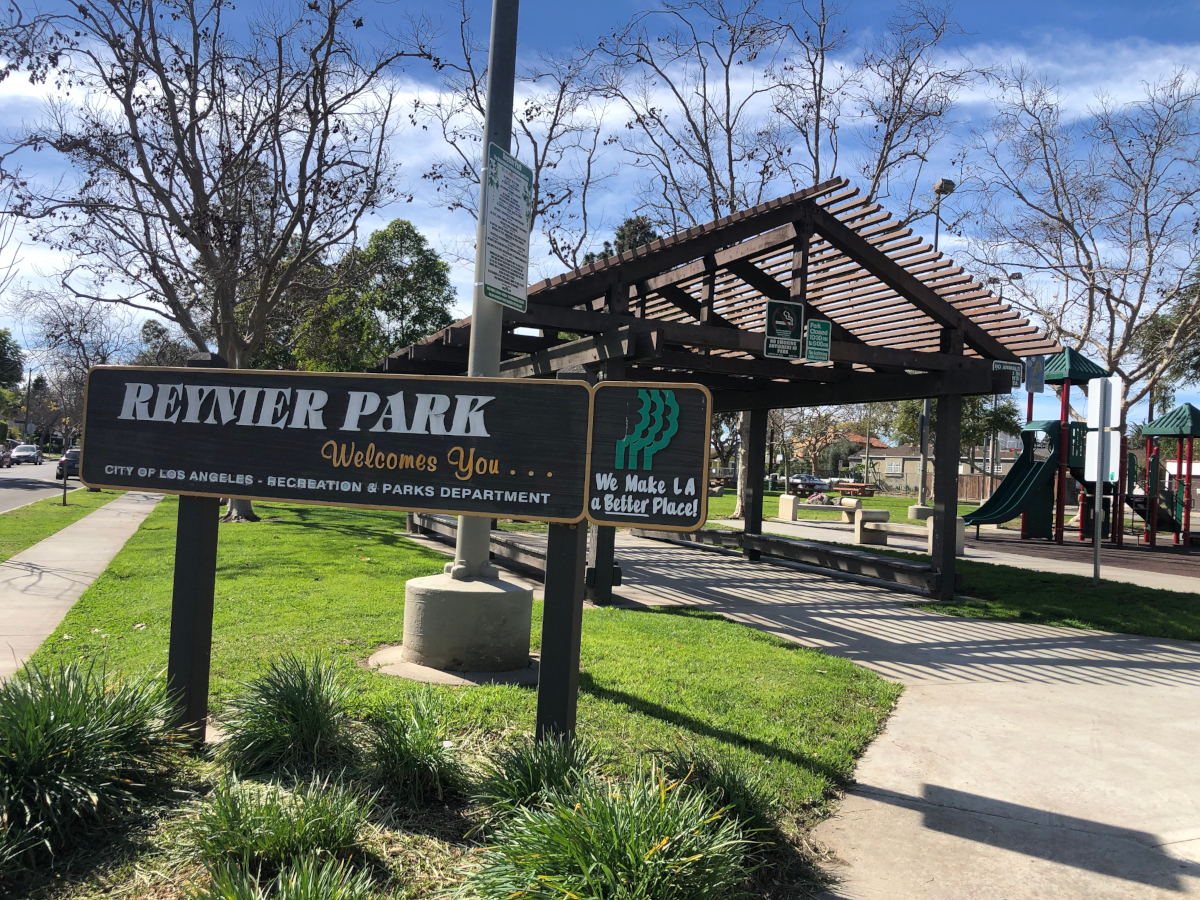RVNA EMERGENCY PREPAREDNESS
In a major disaster L.A. City emergency personnel may not be available for several days to help local neighborhoods. We must be prepared to help ourselves and to work with our neighbors to survive on our own for at least 72 hours, but probably much longer.
ORGANIZE AND PREPARE WITH YOUR NEIGHBORS
There are several neighbors in RVNA that are actively participating in Emergency Preparedness and are part of a Neighborhood Team Program (NTP). If you would like more information on the free emergency preparedness classes and exercises in our area, please email Andrew Leavenworth at andrew.leavenworth@reyniervillage.org.
CERT (Community Emergency Response Team) Training
The Los Angeles Fire Department offers free CERT classes! Participants learn how to prepare their home for major earthquakes; manage utilities and put out small fires; provide basic medical aid; search for and rescue victims safely; organize themselves and spontaneous volunteers to be effective; and collect disaster intelligence to support first responder efforts.
It is a 17.5 hour course offered over 7 weeks (once a week) plus bi-annual refresher courses. Classes are offered throughout City of Los Angeles; all year; various times of the day. If we have a group of 20 or more, CERT LA can arrange a course for our neighborhood. Website: www.cert-la.com. Email: lafdcert@lacity.org. Neighborhood Team Program: http://www.ntp-la.com/
MAP YOUR NEIGHBORHOOD (MYN)
A free program designed by the Washington Emergency Management Department and implemented locally by the American Red Cross Los Angeles Region, to improve readiness at the neighborhood level. MYN teaches neighbors to rely on each other. It takes just ONE person to begin. Using a 90-minute DVD to facilitate the MYN meeting and accompanying materials provided at no cost, neighborhood leaders can help get their communities get ready for a disaster. MYN helps communities “fill the gap” between Community Emergency Response Team training (CERT) and individual preparedness.
How to participate:
- Reserve your seat at the next Los Angeles Region Train the Facilitator session
2. Attend the 2-hour facilitator training session and learn how to Map Your Neighborhood
3. Host a 90-minute MYN with your neighbors
For more information contact:
Hilary Anderson, Manager, Preparedness & Resiliency, American Red Cross – (310) 445-2676 (p) │Hilary.Anderson@redcross.org
SURVIVAL SUPPLIES – can be stored in a water tight container and in “Go Bags” for the car or home. Some examples are listed below:
Water (this is your most important commodity in an emergency). The recommendation is to have 1 gallon/person/day for, at the very least, three days.
Food – at least a three-day supply of non-perishables, pet food, manual can opener, sharp knife utensils, plates, paper towels.
Battery operated or Hand-Crank Radio; Flashlights and batteries; First Aid Kit; Whistle
Duct-Tape; Plastic Sheeting; Dust Mask. (Duct tape is versatile. Plastic sheeting and duct tape can be used to create a shelter-in-place. The mask is for blocking contaminants).
Sanitation/Toiletries – Toothbrush, toothpaste, toilet paper, moist wipes, large garbage bags and shovel for waste disposal.
Baby supplies (diapers, food, etc.)
Tools: Shut-off wrench, pliers, crowbar
2-way Radio – for local communication when phone are not operable.
Medication; Copies of Identification; Pictures of family members and pets; Local maps; Change of clothes and sturdy shoes and work gloves
MAKE A HOUSEHOLD PLAN that includes children, seniors and household members with disabilities.
- Assemble Survival Supplies in your home and “Go Bags” containing Survival Supplies for the home and car. Children and adults should know the location of these emergency supplies.
- Identify two evacuation routes from each room.
- Decide on a place to meet outside of your home, in case it is unsafe to remain indoors.
- Decide on a location to meet outside of your neighborhood, in case of evacuation.
- Consider keeping your gas tank half full at all times, since gas might not be available.
- Decide who your out of state contacts are, since local calls may not be possible.
- Practice your Drop, Cover & Hold-On (for Earthquakes) and Stop, Drop & Roll (for Fires).
- Teach each member of your household how to use a fire extinguisher.
- Create emergency cards for each member of your home.
- Locate utilities: members of your household should know how to locate and turn off gas, water and electric, if necessary.
- Never touch fallen poles or wires.
PREPARE YOUR HOME
According to a UCLA study, 55% of the injuries during the 1994 Northridge earthquake were caused by falling furniture or objects. We can prevent those injuries!
Securely fasten or relocate heavy pictures or mirrors away from beds.
Secure bookshelves, wall units, entertainment centers, refrigerators and water heaters to studs in walls.
Place large, heavy objects on lower shelves.
Brace overhead light and fan fixtures.
Use latches designed for child-proofing, to keep cabinet doors from flying open and contents falling.
Secure computers, microwaves, televisions with nylon/Velcro straps.
Additional links for emergency preparedness:
- acontroller.org/getreadyla
- http://readyla.com
- http://emergency.lacity.org
- http://www.facebook.com/readyla
- http://twitter.com/ReadyLA
- http://www.laanimalservices.com/general-information/emergency-preparedness/
- http://www.ready.gov
- https://www.listo.gov/es (Español)
- http://www.shakeout.org
- http://www.terremotos.org (Español)
- http://www.earthquakecountry.org
